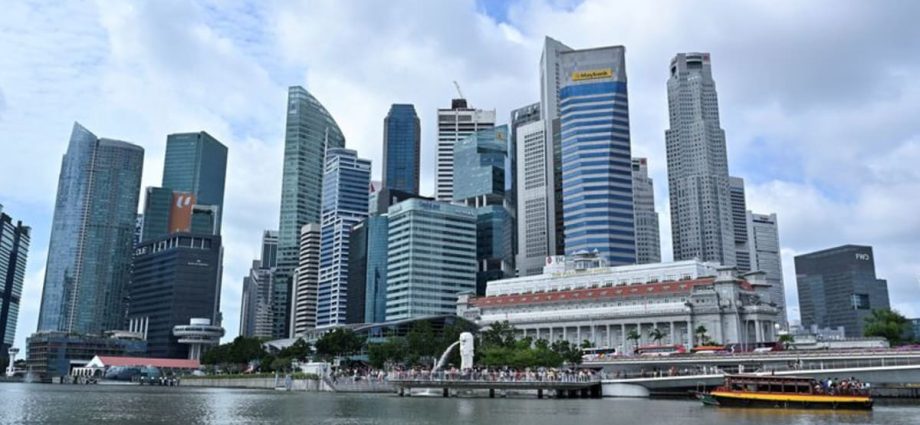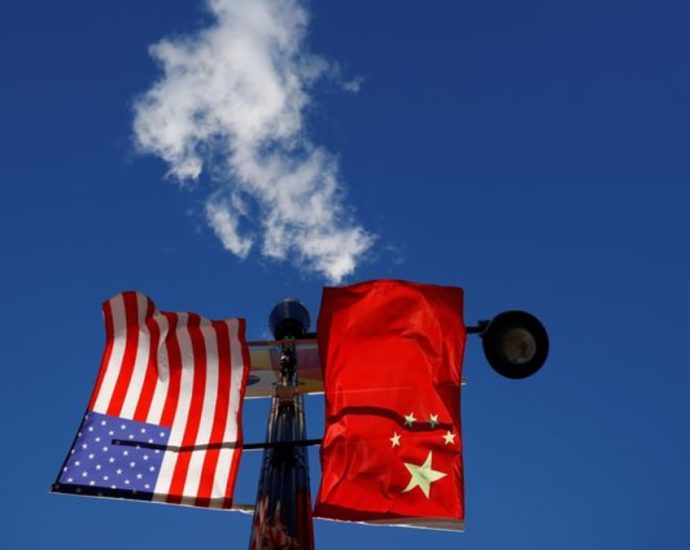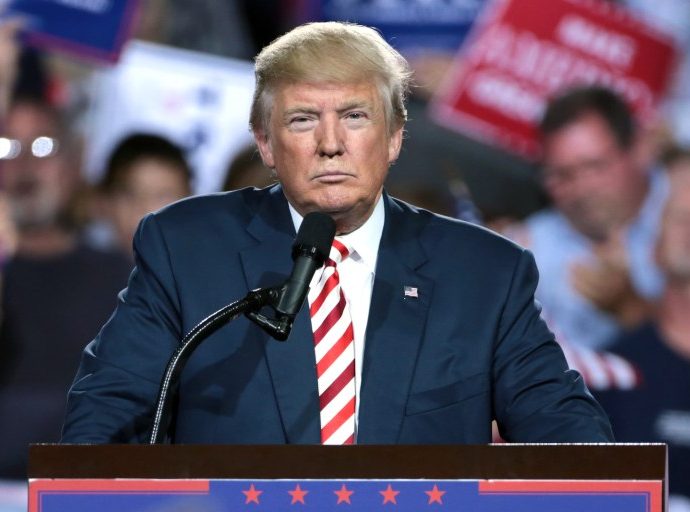Singapore’s Asia Genesis closes hedge fund after losing bets on China, Japan
HONG KONG: Singapore-based Asia Genesis Asset Management is liquidating its hedge fund after a “significant and unprecedented drawdown” following missteps in Chinese and Japanese bets. The Asia Genesis Macro Fund lost 18.8 per cent in the first weeks of January, Chief Investment Officer Chua Soon Hock said in a letterContinue Reading




















